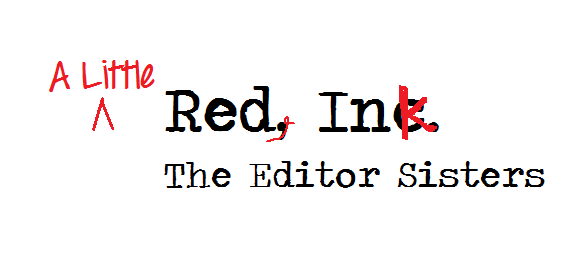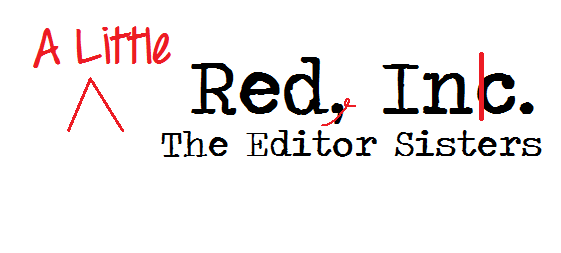What is a critique?
Well, it’s one of my favorites. A critique is very much like a macro edit, only the editor probably won’t comment in the margins of your manuscript. Rather than take the time to stop and comment throughout, the editor acts as a reader and sends you their notes at the end. (Hint: that’s why I like it.)
It’s still important to choose your freelance editor wisely, seeking out someone with a good track record and respect from others in the industry. But this is a step that, used wisely—especially if you’re someone who has spent the time to learn the craft well and doesn’t need help on the fundamentals of writing—can save you from paying for a full macro (or substantive) edit. You still probably need a line edit, a copy edit, or a proofread after this, though.
Let’s get a little more in-depth. What is a critique exactly?
A critique highlights your strengths.
While your editor reads, he or she is taking notes. Lines that made an impression, scenes that were meaningful, moments that characters won your affection. Any moment where they sat safely in the palm of your hand, caught up in the story and feeling exactly as you wanted them to—those will get some praise.
I might compliment your solid hook and satisfying resolution. Tell you how quickly I felt anchored to your story world. Anywhere from beginning to end, plot to pacing to POV and back—if you did it well, I’ll tell you so (and give an example or two).
While I’m reading and targeting items on my checklist, I’m noticing the problem areas as well.
A critique points out your weaknesses.
The first chapter didn’t grab my attention or empathy quickly enough. There was a three-page backstory info dump. Your main character isn’t very likable. Your antagonist is a bit cartoonish. The middle sags. This moment—which really needed to pack a punch—got weak-kneed and sat down.
Those are easy enough fixes. But there may be something more in depth.
What if I can’t keep up with all six POV characters? Or, perhaps, I can keep up with them, but one of them adds nothing to the plot—nothing complex, nothing that makes the POV worthwhile.
What if you have four minor characters who all do essentially the same thing? Can one or more of them be combined?
Perhaps a character’s motivation wasn’t compelling.
If you think this part of the edit might make you cry, don’t fear too, too much.
(Honestly? It might make you cry. I’ve gotten a few that have made me cry, because I’m not armadillo-skinned).
But there’s hope.
A critique makes suggestions.
When I do a critique for someone, I don’t merely point out their manuscript’s flaws and say, “Good luck with that.” I make suggestions. I brainstorm ideas. I come up with a compelling reason or two for something and list a few spots where that might be easy to work in.
A good editor will share ideas about how two minor characters could be combined.
She might suggest adding a scene or two. She might suggest cutting a scene or two.
Your editor could say, “Cut all the on-the-nose writing.” If there are details everyone knows happened, but they don’t move your plot forward? Snip, snip, snip.
A critique is an editor’s professional opinion of your work. Ultimately, though, the choices are yours to make. #editing #critiquevsedit Click To TweetA critique is subjective.
Ultimately, though, the choices are yours to make. A critique is an editor’s professional opinion of your work. If they know what works in your genre, trust them. But don’t let anyone make YOUR story THEIR story.
Sift through the advice.
Put the letter away for a few days and do nothing to your manuscript.
Definitely consider the major weaknesses. Work on those.
And then look at the brainstorming ideas again. A few of those ideas will be gems, maybe even be enough to help you fall in love with a story that was beginning to suck the life out of you. (Hey, it’s happened.) Figure out what you can do with them, and let them take your story to the next level.
And then go for it.
On your own.
A critique is the end of that bit of editing.
Unlike with a macro edit, where there may be a bit of back and forth on the editing (some go as many as three rounds), a critique is sort of a standalone. The editor reads your books, writes the critique up, and sends it to you.
That’s it.
What you do with it from there is all you.
To me, though, that’s fun. As an editor, I find it enjoyable work. As an author, I find it empowering. I know what to do to make my story better.
Question
Have you had a professional critique done? How did you feel about it?




 We love helping your growing in your writing career.
We love helping your growing in your writing career.

Nice, tight explanation, exactly what I expect from A Little Red Ink.
I am now more fully informed and encouraged. Thank you.